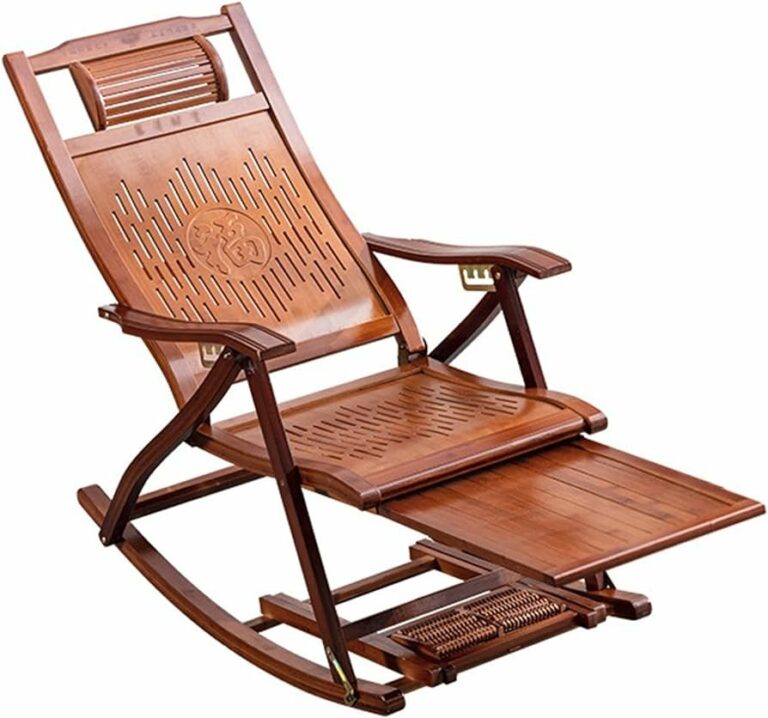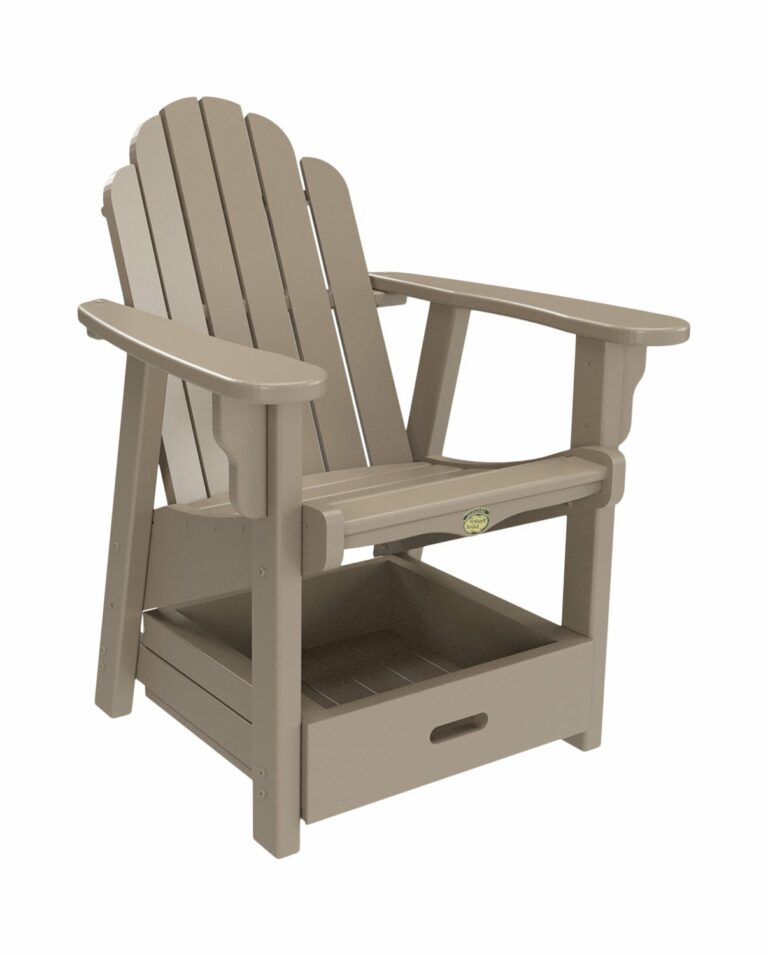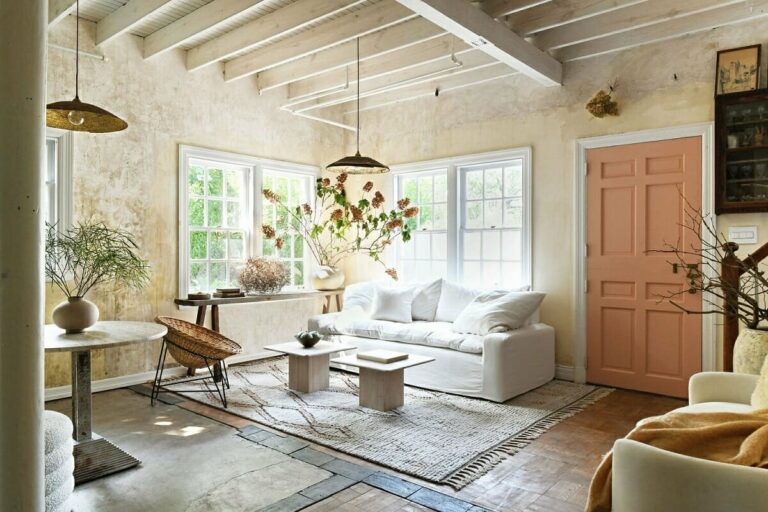eco-friendly-furniture-that-is-resistant-to-stains-and-spills
Today we discuss eco-friendly-furniture-that-is-resistant-to-stains-and-spills. You’re in luck! In this article, we’ll walk you through selecting eco-friendly furniture that not only benefits the environment but also holds up against accidents. How to pick eco-friendly furniture that resists stains and spills?
This is a common query among environmentally aware individuals, and we have just the answer for you. Let’s delve into the realm of sustainable furniture choices that will maintain your home’s style while being spill-resistant!
How to Choose Eco-Friendly Furniture That is Resistant to Stains and Spills?
Choosing stain-resistant furniture that is eco-friendly is beneficial for both the environment and the longevity of your home. Making sustainable choices when selecting furniture helps reduce our carbon footprint. This guide will outline key factors to consider when choosing eco-friendly, stain-resistant furniture.
Understand the Importance of Eco-Friendly Furniture:
Eco-friendly furniture is crafted from sustainable materials and with manufacturing methods that have minimal impact on the environment.
Opting for eco-friendly furniture helps lessen deforestation, preserve resources, and enhance indoor air quality.
Moreover, opting for furniture that is stain-resistant and durable promotes longevity and decreases the necessity for frequent replacements.
Benefits of Eco-Friendly Furniture:
- Reduced carbon footprint
- Support for sustainable practices
- Improved indoor air quality
- Longer lifespan
- Reduced waste
- Healthier living environment
Look for Certifications and Labels:
When shopping for eco-friendly furniture, search for certifications and labels that show the product is sustainable and stain-resistant. Look out for these labels:
Forest Stewardship Council (FSC) Certification:
The FSC certification ensures that the wood used in furniture comes from responsibly managed forests. It guarantees that the wood is harvested sustainably, promoting the conservation of biodiversity and ecosystem integrity.
Global Organic Textile Standard (GOTS) Certification:
For fabric upholstery, the GOTS certification verifies that the material is made from organic fibers without harmful chemicals. This certification ensures the fabric is free from toxins and meets strict environmental and social criteria.
GreenGuard Certification:
The GreenGuard certification focuses on indoor air quality. It ensures that furniture and materials have low chemical emissions, promoting healthier indoor environments.
Choose Sustainable Materials:
Opting for furniture made from sustainable materials is crucial for eco-friendliness and stain resistance. Here are some sustainable materials commonly used in furniture production:
Bamboo:
Bamboo is a rapidly renewable resource that regenerates quickly, making it an excellent alternative to traditional hardwood. It is sturdy, durable, and resistant to stains, making it ideal for furniture construction.
Recycled and Reclaimed Wood:
Choosing furniture made from recycled or reclaimed wood reduces the demand for new timber. These materials add character and uniqueness to furniture pieces while minimizing deforestation and waste.
Plant-Based Foam:
Conventional foam used in furniture often contains harmful chemicals. Opting for plant-based foam made from natural materials like soy or latex reduces the potential for off-gassing and contributes to a healthier indoor environment.
Check for Stain and Spill Resistance:
To ensure your furniture remains resistant to stains and spills, it is important to consider the following factors:
Stain-Resistant Fabrics:
Look for furniture with fabrics that have been treated for stain resistance. Fabrics like microfiber, leather, and certain synthetic blends such as Crypton are specifically designed to repel stains and spills.
Easy-to-Clean Finishes:
Furniture finishes play a significant role in preventing stains and spills from penetrating the surface. Opt for finishes that are easy to clean, such as water-based or polyurethane finishes.
Sealed and Moisture-Resistant Surfaces:
Ensure that the furniture surfaces, especially tabletops and countertops, are sealed and moisture-resistant. This prevents liquids from seeping into the wood and causing stains or damage.
Consider Low-toxicity and Water-based Adhesives:
Traditional furniture manufacturing often involves the use of toxic adhesives that can off-gas harmful chemicals. Choosing furniture constructed with low-toxicity or water-based adhesives reduces the emission of volatile organic compounds (VOCs) into your home.
Evaluate Durability:
Investing in durable furniture is essential for both stain resistance and sustainability. Durable furniture lasts longer, reducing the need for replacements and minimizing waste. Consider the following factors to determine durability:
Construction Quality:
Inspect the construction of the furniture. Look for solid joinery techniques like dovetail or mortise and tenon joints, which ensure sturdy connections. Avoid furniture with weak spot construction or staples.
Quality of Materials:
Examine the quality of materials used in the furniture’s construction. High-quality materials, such as solid wood, are more durable and resistant to wear and tear.
Reputable Brands:
Choose furniture from reputable brands known for their durable and sustainable products. Research customer reviews and ratings to ensure the furniture will withstand everyday use.
Consider Modularity and Repairability:
Modular furniture allows for easy disassembly and repair, extending its lifespan. Look for furniture designs that enable component replacement or repair, reducing waste and maximizing the longevity of your investment.
Sustainable Production Process:
To ensure your furniture choice aligns with eco-friendly principles, consider the production process of the manufacturer. Look for brands that implement sustainable practices, such as:
Energy-efficient manufacturing:
Brands that employ energy-efficient production methods and use renewable energy sources contribute to reducing their carbon footprint.
Recycling and Waste Reduction:
Choose manufacturers that prioritize recycling and waste reduction initiatives. These practices demonstrate a commitment to minimizing environmental impact.
Supply Chain Transparency:
Opt for brands that promote transparency throughout their supply chain, ensuring responsible sourcing of materials and ethical labor practices.
Shop Secondhand or Vintage:
Another sustainable option for choosing eco-friendly furniture that is resistant to stains and spills is to shop secondhand or vintage. By giving the furniture a second life, you extend its usability and prevent it from ending up in landfills.
Benefits of Secondhand Furniture
- Reduces waste
- Cost-effective
- Unique and vintage designs
- Lessons demand for new furniture production
- Opportunity to support local thrift stores or online marketplaces
Seek Recommendations and Reviews:
Before making a final purchase, seek recommendations from friends, family, or online communities who have previously purchased eco-friendly furniture resistant to stains and spills. Reading reviews and testimonials will provide insights into the long-term performance and durability of the furniture.
Online Review Platforms
Explore reputable online furniture review platforms to gather unbiased opinions and find recommendations for eco-friendly furniture. Consider factors such as stain resistance, spill resistance, and overall satisfaction with the product.
Choose Eco-Friendly Furniture for a Sustainable and Stain-Resistant Home
By following these guidelines and considering the factors mentioned, you can choose eco-friendly furniture that is resistant to stains and spills. Make informed decisions, prioritize sustainability, and contribute to a healthier environment while creating a beautiful and durable living space. Remember, investing in high-quality, sustainable furniture not only benefits you but also future generations as we strive to build a more eco-conscious world.
Faqs for eco-friendly-furniture-that-is-resistant-to-stains-and-spills:
Look for furniture made from materials such as recycled/recyclable fabrics, organic cotton, hemp, or faux leather. These materials are often treated with water and stain-resistant finishes, making them more durable and resistant to spills and stains.
Yes, look for certifications such as Greenguard or Oeko-Tex, which ensure that the furniture meets certain environmental and safety standards. Additionally, furniture labeled as “stain-resistant” or “water-repellent” usually indicates a higher level of protection against spills and stains.
Absolutely. Opt for furniture with well-sealed seams, tight upholstery, and solid frames. These features help prevent the penetration of liquids and stains into the furniture. Additionally, furniture with removable and washable covers can make it easier to clean and maintain.
Yes, there are eco-friendly stain and spill-resistant products available in the market. Look for products that are free from harmful chemicals and specifically designed for use on eco-friendly materials. Always follow the manufacturer’s instructions when applying these products.
To prolong the lifespan of your eco-friendly furniture, consider using furniture protectors or coasters to prevent direct contact with spills and stains. Regularly vacuum and clean the furniture according to the manufacturer’s instructions. Promptly address any spills or stains by carefully blotting them with a clean cloth and using mild, eco-friendly cleaning solutions.
Final Thoughts
Choosing eco-friendly furniture that is resistant to stains and spills is essential for creating a sustainable and practical living space. By considering materials such as reclaimed wood, bamboo, or recycled plastic, individuals can make environmentally conscious choices. Additionally, opting for furniture treated with eco-friendly stain and spill-resistant finishes ensures durability and longevity. Prioritizing products that have been certified by credible sustainability organizations helps guarantee their eco-friendly credentials. By following these guidelines, consumers can furnish their homes with stylish and environmentally friendly pieces that withstand the tests of time and spills.



